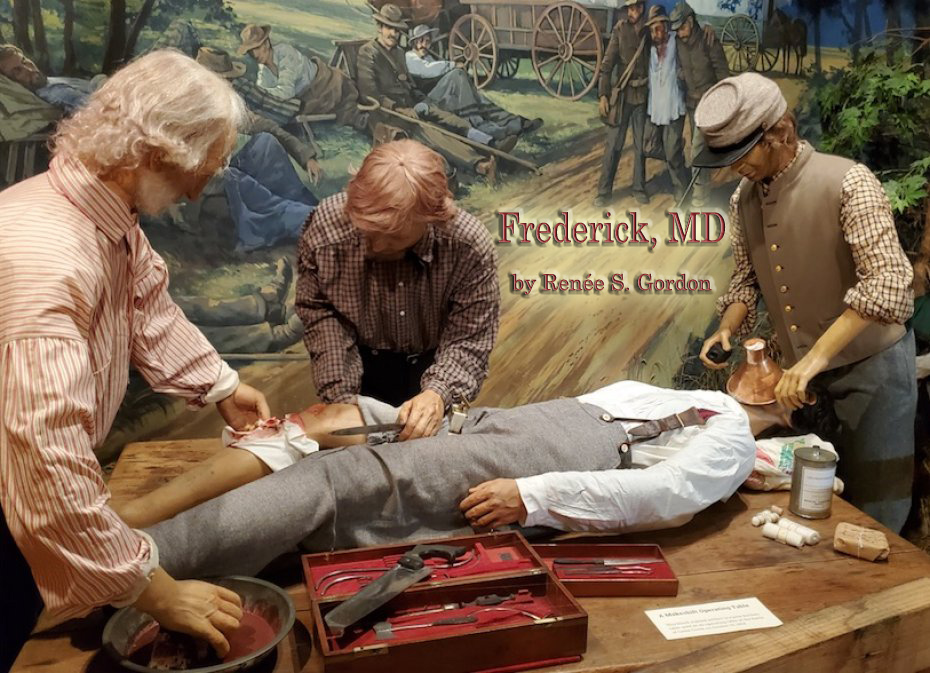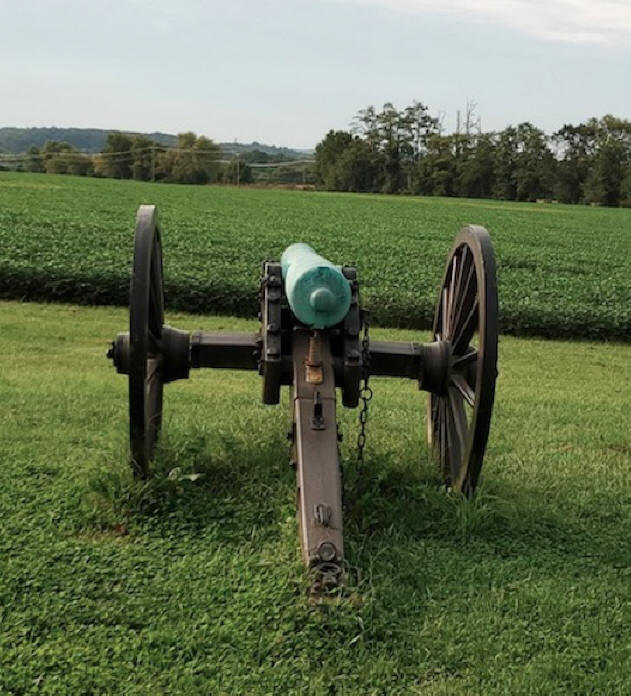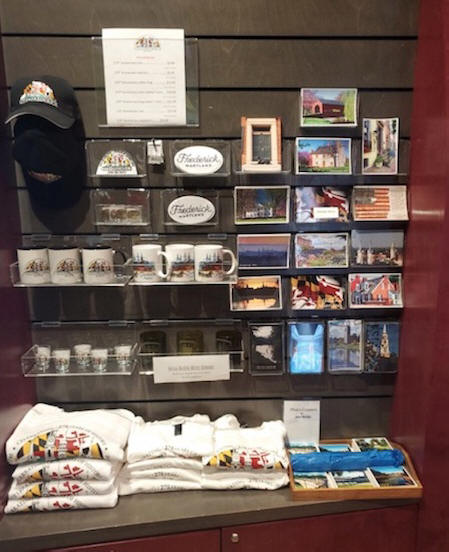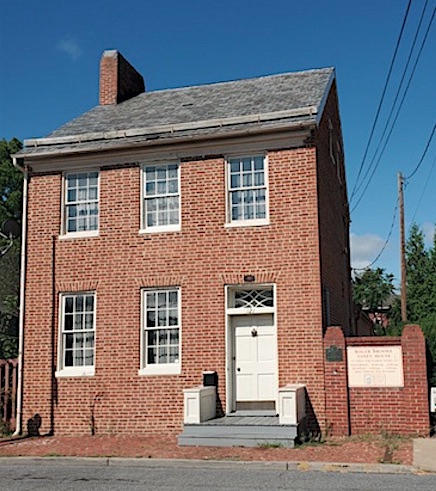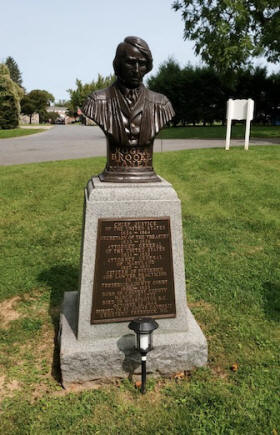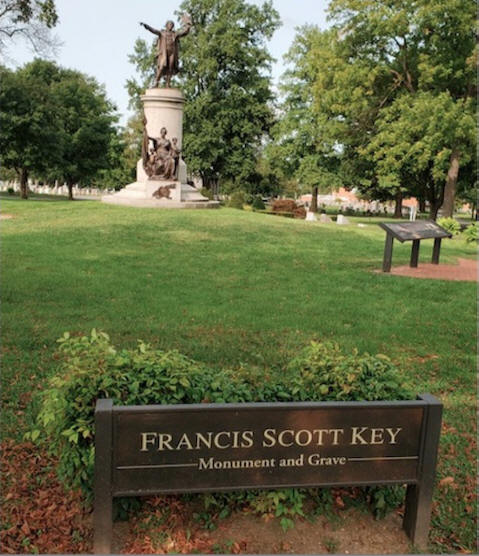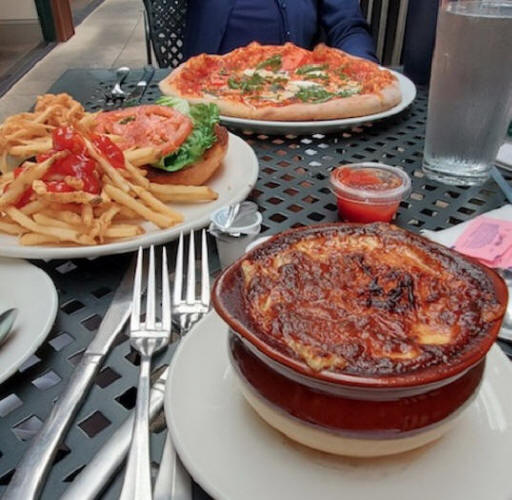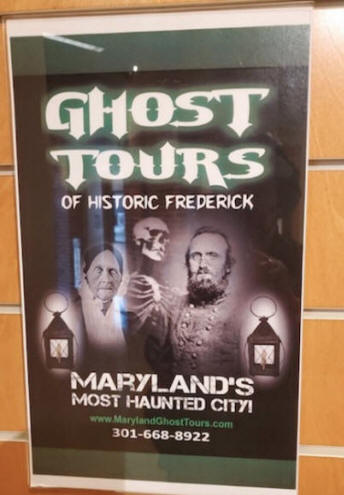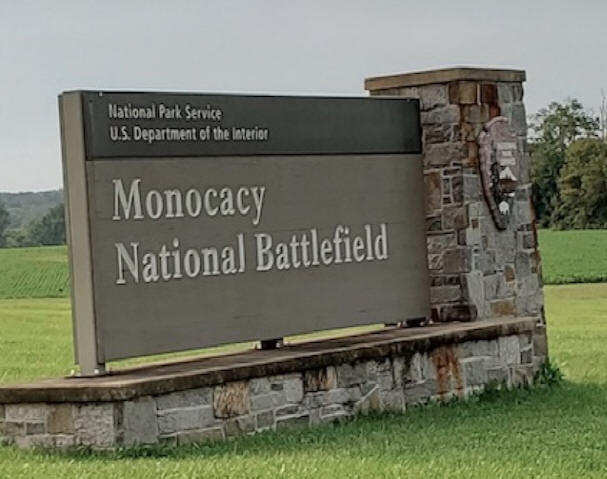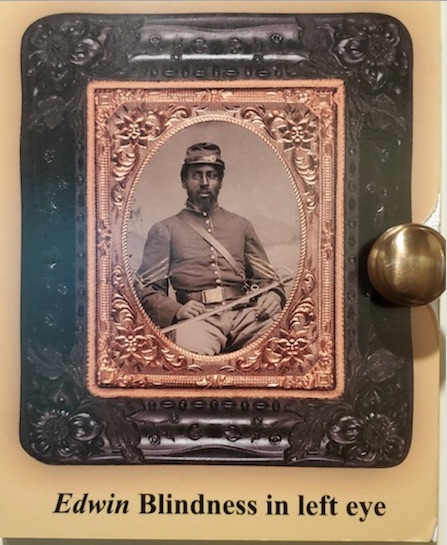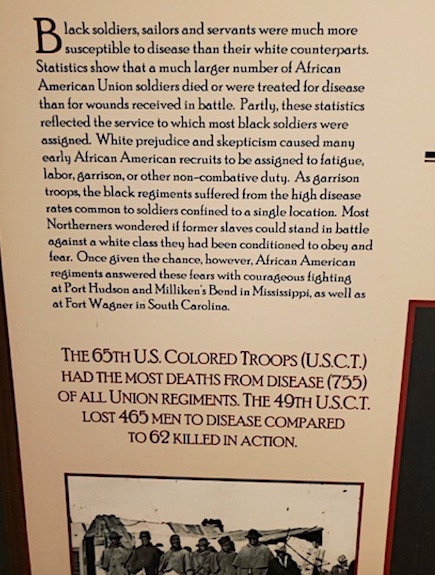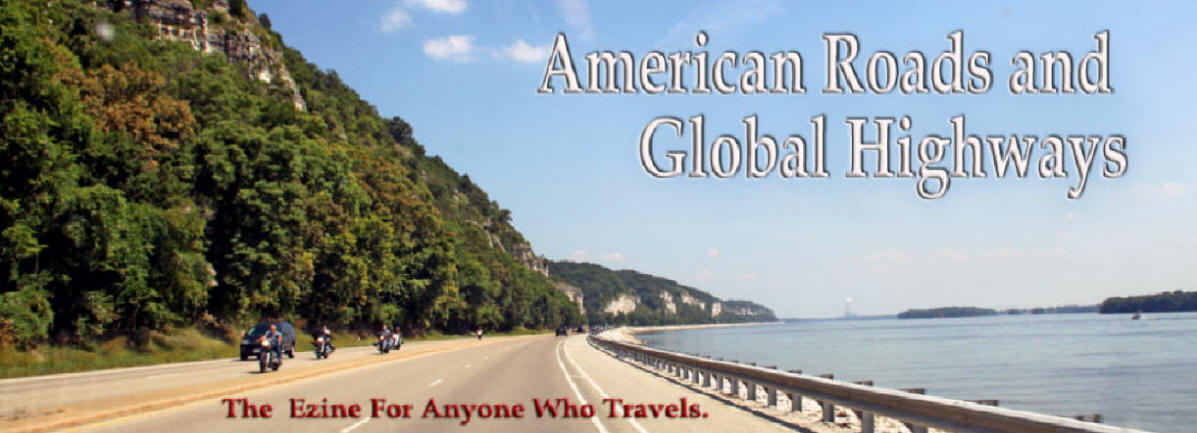
|
|
|
|
Frederick County Maryland was the site of pivotal events
during the founding of the country from its
formation in 1748 but it is the Civil War, and allied
events, that would indelibly inscribe its place in
history. The county is situated on the Mason-Dixon Line,
abuts Pennsylvania, and was both an early gateway to the
West and later for southern incursions into the
North. The Historic National Road, the C&O Canal and the
B&O Railroad all passed through and it was the location
of Union and Confederate troop movements and Antietam,
the Battle of South Mountain, Gettysburg and the Battle
of Monocacy. Civil War walking and driving
trails interlace throughout the county. Five thousand
free blacks resided in the county in 1860, with over
1,150 in the city of Frederick. #VisitMaryland
Frederick’s Visitor Center is an attraction in itself.
Situated inside a former 19th-century
canning warehouse this center is your mandatory first
stop for complete county information. A compass design
is used to showcase attractions following their
directional location. A film, galleries and
seven mini-themed tours are featured as well as
information on the five state and federal scenic byways
and the city’s Public Art Trail. @visitfred
 The Journey Through Hallowed Ground National Heritage Area encompasses 180-miles from Monticello to Gettysburg and highlights Civil War locations. Thirty-eight miles of the trail cross Frederick County. Because the county borders the North and South and the Blue Ridge Mountains would mask their movements, Lee chose this route for the Gettysburg Campaign. The town was the first the Confederates entered after crossing the Potomac.  Poet John Greenleaf Whittier immortalized Barbara Fritchie after she defied Stonewall Jackson and refused to remove her Union flag. Jackson commanded she be left untouched. A replica of her home is now a B&B. She died in 1862 at the age of 96 three months later and is interred in Mt. Olivet Cemetery.
 The Battle of Monocacy, the battle that saved Washington, took place on July 9, 1864. This battle slowed the Confederates and provided time to halt their progress toward Washington. The Best Farm Slave Village is part of the battlefield tour. Once part of the 1794 French plantation, L'Hermitage had a force of 90 slaves. Records indicate that they were legally charged for treating the slaves extremely cruelly and several escaped. In 2010 archeologists unearthed the largest identified slave quarters in the Mid-Atlantic. The site is on the National UGRR Network to freedom.
Frederick’s largest role in the Civil War was as one large hospital. Because of the proximity of so many pivotal battles more than 8,000 wounded were brought to Frederick and many buildings were used as a hospitals. The National Civil War Medical Museum interprets this turning point in medical history and its impact on the future.
 The 2-story museum has nine thematic galleries each built around a featured full-sized diorama and showcasing interactive displays, photographs and informational signs. This is an outstanding museum that uses a holistic approach to dispel myths and relate all aspects of Civil War medicine. The war was the first use of medical triage and coordinated ambulance services. Note that 700,000 soldiers died of disease. @CivilWarMed All Saints Street was the hub of African American life in Frederick. Quinn Chapel AME Church was founded in the 1700s, the building in 1815. Frederick was the home of artist Henry O. Tanner during his father’s tenure, 1867-8, as bishop here. There is a walking tour of this area.
Maryland has more than its share of religious sites and two of the most unique are in the county, the National Shrine of St. Elizabeth Ann Seton and the National Shrine Grotto of Lourdes. Mother Seton was the first American-born saint; she served here and established a sisterhood. Self-guided tours are offered and include the Basilica and four sites. The National Shrine Grotto of Lourdes, a replica of the original grotto, was constructed in 1875. The Hilton Garden Inn Frederick has taken precautions to ensure the safety of the guests. It offers complimentary wireless, premium bedding, indoor pool, whirlpool, free parking and workout facilities. It is ideally situated for easy access to all sites and attractions. #visitFred
Renee Gordon has written a weekly travel column for the Philadelphia Sun Newspaper for the past fifteen years and has published articles on local, national and international travel in numerous publications. Her columns focus on cultural, historic and heritage tourism and her areas of specialization are sites and attractions related to African American and African Diaspora history. Renee has been a guest radio commentator on various aspects of tourism and appeared in a documentary, "The Red Summer of 1919". As an educator for thirty years she was an English teacher, event and meeting planner, served as an educational consultant and intern-teacher mentor. She contributed to textbooks on women's history and classroom management and has facilitated workshops on both subjects. Renee considers herself a "missionary journalist" and as such she continues to promote heritage and sustainable tourism. 2013 Recipient of African Diaspora World Tourism Flame Keeper in Media Award for Travel Writing Affiliations
We'd love your comments!
|
Connect with us on:
American Roads and | ||||||||||||||||||||
|
Public Disclosure--
Please Read The FTC has a law requiring web sites to let their readers know if any of the stories are "sponsored" or compensated. We also are to let readers know if any of our links are ads. Most are not. They are just a way to direct you to more information about the article where the link is placed. We also have several ads on our pages. They are clearly marked as ads. I think readers are smart enough to know an ad when they see one but to obey the letter of the law, I am putting this statement here to make sure everyone understands. American Roads and Global Highways may contain affiliate links or ads. Further, as their bios show, most of the feature writers are professional travel writers. As such we are frequently invited on press trips, also called fam trips. On these trips most of our lodging, dining, admissions fees and often plane fare are covered by the city or firm hosting the trip. It is an opportunity to visit places we might not otherwise be able to visit. However, no one tells us what to write about those places. All opinions are 100% those of the author of that feature column. |
|||||||||||||||||||||
|
Privacy Policy/ Archives /
Contributors /
Subscribe to
American Roads Books by
Kathleen Walls /
Contact /
Sponsor or Advertise/ American Roads & Global Highways Home Page
|
